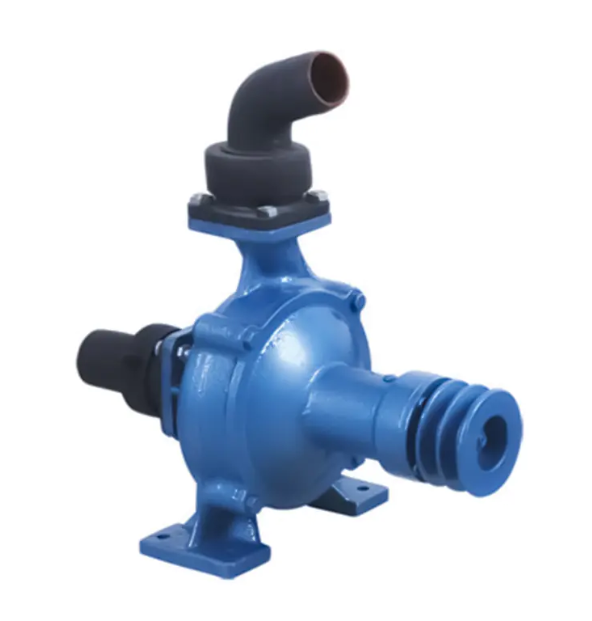Agricultural centrifugal pumps are widely used in farming environments to transport water efficiently for irrigation purposes. These pumps operate based on the principle of centrifugal force, using a rotating impeller to increase the velocity of water and push it through an outlet pipe. Their straightforward mechanical structure allows them to handle large volumes of liquid with relatively consistent pressure.
One of the common applications of an agricultural centrifugal pump is in surface water irrigation. Farmers frequently use these pumps to draw water from canals, ponds, or rivers to distribute it across fields. The pump’s capability to manage moderate heads and high flow rates makes it suitable for flood, furrow, or sprinkler systems.
Ease of installation and maintenance are often reasons why these pumps are selected in agricultural settings. Since they have fewer moving parts compared to some other pump types, wear and tear are minimized under typical usage conditions. The pumps can be powered by various sources, including diesel engines or electric motors, providing flexibility in different farming environments.
Material choice is important for an agricultural centrifugal pump. When dealing with water that may contain small particles, sand, or chemicals, a pump built with corrosion-resistant materials can support longer-term performance. In regions where water conditions vary, choosing the right material helps reduce downtime.
Agricultural centrifugal pumps can be found in fixed setups as well as mobile units mounted on trailers. Mobile configurations allow the pump to be moved between locations, supporting multi-field usage. Flow rates and pressure requirements can vary depending on the crop and field layout, which is why many models come with adjustable performance features.
Understanding the right pump capacity and system design is essential. Matching the pump size to the irrigation demand ensures effective water delivery without excess energy use. In sustainable agriculture, such considerations contribute to reduced operational costs and improved water resource management.
